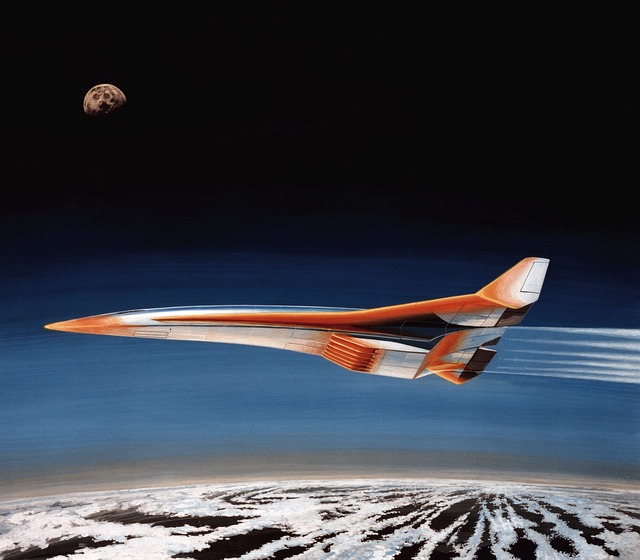
Supersonic means travelling faster than the speed of sound. Hypersonic means travelling five times faster than the speed of sound. How will you benefit from travelling at hypersonic speed? At that rate, you can get from London to Sydney in as little as 2 hours. Or get from London to New York in just over 30 minutes. Exciting, right? But don’t go searching for hypersonic commercial flights just yet because there’s none available. For now that is. Based on information coming from the Forum on American Aeronautics which took place at the Mojave Air and Space Port on October 27, however, that might change soon.
According to aviation, aerospace and military experts from the U.S. Air Force, Mojave Air and Space Port, NASA, and Lockheed Martin, after almost 30 years of stagnant travel time growth, the world of aviation is about to be transformed as the advent of hypersonic planes is almost here.
There has been no commercial supersonic jet travel from the time Concorde retired its supersonic passenger jet in 2003. And since then, no supersonic aircraft has been allowed to fly over land in the U.S. due to the sonic booms they produce. Through aircraft maker Lockheed Martin, NASA has been working on an experimental design that can make a plane go supersonic without the sonic boom. If they find a way to do this, the ban on supersonic flights might be lifted. They’re hoping test flights for this experimental plane will begin by 2020.
As for hypersonic travel, the last time a plane went hypersonic was in 1967 when Congressman Steve Knight’s father, the late William J. “Pete” Knight, piloted the North American X-15 aircraft and flew it up to Mach 6.7 speed. Mach 6.7 means 6.7 times the speed of sound. To date, no other aircraft has beaten that record yet. It’s been over 50 years so it’s about time one did.
So far, there have been a few attempts to challenge the record. In August last year, a hypersonic jet capable of flying from London to New York in an hour was patented by Airbus. That jet was able to fly at speeds of up to Mach 4.5.
In May this year, a developmental engine rocket booster system from a project called Hypersonic International Flight Research Experimentation (HIFiRE) — a collaboration between the U.S. and Australian military — successfully passed one of its most crucial tests. Flying over the Australian desert, the system was able to reach an altitude of 172 miles (278 kilometers) at Mach 7.5 speed.
And then there’s Oxford-based Reaction Engines. Collaborating with defense firm BAE Systems, they are continuously working on their Sabre concept engine — an engine that’s designed to power an aircraft up to Mach 5 before shifting to rocket mode (Mach 25). The primary purpose of this engine is to make spaceflight easier and less costly. Imagine what it can achieve for ordinary air flight.
With developments on supersonic and hypersonic flights in progress, it’s easy to see where this statement from director of NASA’s Armstrong Flight Research Centre, David McBride, is coming from: “We’re poised on the brink of a new era in air transportation.”
Everything else in the world is happening at lightning speeds, so to speak. It’s about time the world of travel catches up.
Disclaimer: This page contains affiliate links. If you choose to make a purchase after clicking a link, we may receive a commission at no additional cost to you. Thank you for your support!


Leave a Reply